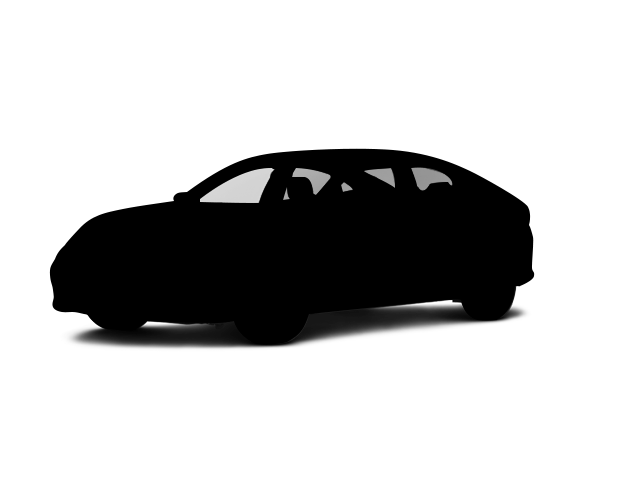Both the ZDX and Ariya have child safety locks to prevent children from opening the rear doors. The ZDX has power child safety locks, allowing the driver to activate and deactivate them from the driver's seat and to know when they're engaged. The Ariya’s child locks have to be individually engaged at each rear door with a manual switch. The driver can’t know the status of the locks without opening the doors and checking them.
The ZDX’s standard pretensioning seatbelts also sense rear collisions and remove slack from the seatbelts to help protect the occupants from whiplash and other injuries. The Ariya doesn’t offer a whiplash protection system.
In a Vehicle-to-Vehicle Frontal Crash Prevention 2.0 test conducted by the Insurance Institute for Highway Safety (IIHS), the Acura ZDX achieved a “Good” rating - the highest possible - for its performance in forward collision warning and automatic braking systems, demonstrating its excellent capabilities in preventing collisions. The Nissan Ariya has not been tested.
Both the ZDX and Ariya have Rear Cross Traffic Alert, but the ZDX has Rear Cross Traffic Braking (automatically applies the brakes) to better prevent a collision when backing near traffic. The Ariya’s Rear Cross Traffic Alert doesn’t automatically brake.
Both the ZDX and the Ariya have standard driver and passenger frontal airbags, front side-impact airbags, driver and front passenger knee airbags, side-impact head airbags, front and rear seatbelt pretensioners, height adjustable front shoulder belts, four-wheel antilock brakes, traction control, electronic stability systems to prevent skidding, crash mitigating brakes, daytime running lights, lane departure warning systems, blind spot warning systems, rearview cameras, rear cross-path warning and available around view monitors.
The National Highway Traffic Safety Administration does 35 MPH front crash tests on new vehicles. In this test, results indicate that the Acura ZDX is safer than the Nissan Ariya:
|
|
ZDX |
Ariya |
| OVERALL STARS |
5 Stars |
4 Stars |
|
|
Driver |
|
| STARS |
5 Stars |
4 Stars |
| Neck Injury Risk |
23.3% |
45.3% |
| Neck Stress |
164 lbs. |
387 lbs. |
| Neck Compression |
18 lbs. |
57 lbs. |
| Leg Forces (l/r) |
140/142 lbs. |
272/267 lbs. |
|
|
Passenger |
|
| STARS |
5 Stars |
4 Stars |
| HIC |
242 |
314 |
| Chest Compression |
.6 inches |
.8 inches |
| Neck Injury Risk |
27% |
43.4% |
| Neck Stress |
141 lbs. |
226 lbs. |
| Leg Forces (l/r) |
272/261 lbs. |
293/289 lbs. |
New test not comparable to pre-2011 test results. More stars = Better. Lower test results = Better.
The National Highway Traffic Safety Administration does side impact tests on new vehicles. In this test, which crashes the vehicle into a flat barrier at 38.5 MPH and into a post at 20 MPH, results indicate that the Acura ZDX is safer than the Nissan Ariya:
|
|
ZDX |
Ariya |
|
|
Front Seat |
|
| STARS |
5 Stars |
5 Stars |
| HIC |
55 |
85 |
| Hip Force |
163 lbs. |
203 lbs. |
|
|
Rear Seat |
|
| STARS |
5 Stars |
5 Stars |
| Hip Force |
295 lbs. |
529 lbs. |
|
|
Into Pole |
|
| STARS |
5 Stars |
4 Stars |
| Max Damage Depth |
7 inches |
8 inches |
| Spine Acceleration |
41 G’s |
56 G’s |
| Hip Force |
649 lbs. |
1022 lbs. |
New test not comparable to pre-2011 test results. More stars = Better. Lower test results = Better.

